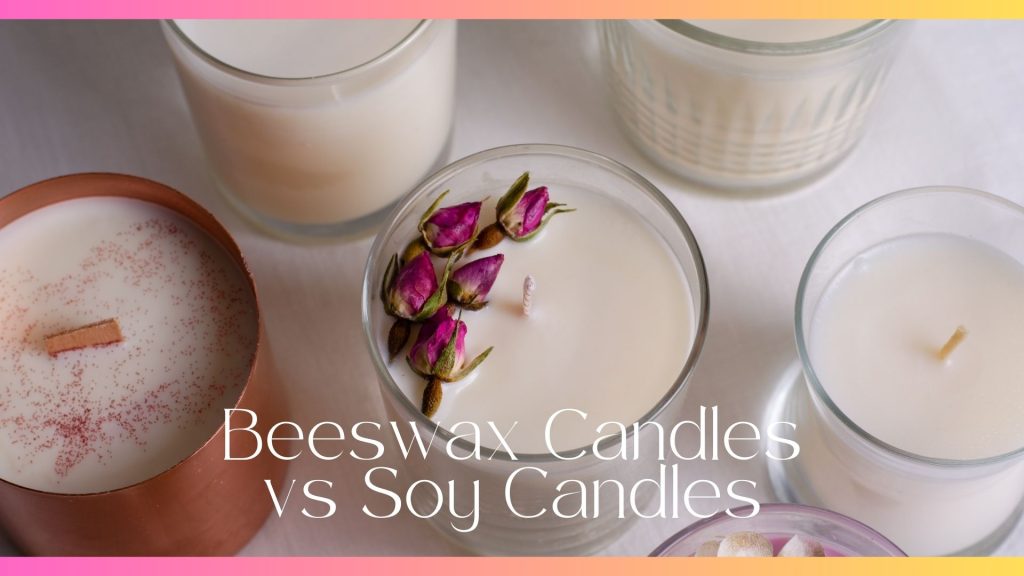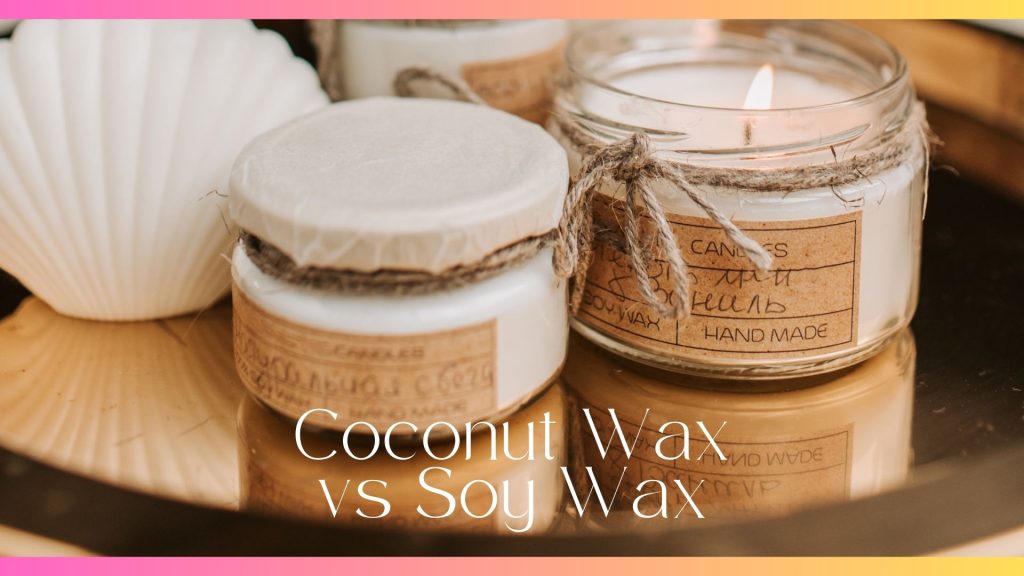Wondering how many drops of fragrance oil for candles you’ll need to use when making your candles? Here’s three things you should know to decide better!
If you’re a beginner candle-maker, it’ll be hard to know the exact amount of fragrance oil you should use for every candle batch. A lot of trial and errors is needed to get the best olfactory results and I hope you don’t give up!
In this article, I’ll be sharing three things you should consider when deciding how much fragrance oil to add to candles, as well as some basic information on using fragrance oils for candles.
Disclaimer: This post may contain affiliate links. This means I may earn a small commission (at no cost to you) if you sign up for a program or make a purchase using my link!
Related Posts:
- How To Make Wood Wick Candles
- How To Use Scented Candles – 8 EASY Steps
- 5 Factors To Consider On How Much Fragrance Oil To Add To Soy Wax?
Basic Knowledge Of Fragrance Oils
Fragrance oils are usually used for making candles as they are highly concentrated with strong scents and aroma. The strong concentration makes it possible for candle makers to only use a few drops even when making large batches of candles – without destroying the candle mixture or diluting it.
Wondering how fragrance oils are made? The process of steam distillation is typically used to separate natural oils (originating from natural ingredients) from water. While most fragrance oils are made using natural products, some may be artificially made, or uses a mixture of both – which explains why not all final products smell the same.
If you’re still unsure how many drops of fragrance oils should be used for your candles, you’ll need to know that it is usually a percentage of the total wax weight – about 6%-12%. This means, for a candle wax that weighs 100oz, you’ll need to add about 6oz to 12oz of fragrance oils.
It’s up to you to find the right balance that gets you your desired scent throw, as long as it’s not too overpowering. The more fragrance oil you add, the stronger your candles are going to smell!
3 Factors Affecting Fragrance Oil Needed For Candles
To effectively decide the ratio of fragrance oil to candle wax for your candles, you’ll need to understand the factors that may affect how much is needed in the first place. Generally, this includes factors like type of wax, size of candle and fragrance potency.
Type of wax you’re using
There are several types of waxes that are popular in the market today for their eco-friendly nature – namely, soy wax, beeswax and coconut wax. Let’s not forget about paraffin wax that is still being used today for mass-produced candles.
All these waxes have different properties that influences their absorption of fragrance oil and subsequently, scent throw when burned. Although less favored today, paraffin wax actually have the best scent throw and the ability to hold high concentrations of fragrance oils – compared to others.
Unlike paraffin wax, soy wax requires more drops of fragrance oils (or higher concentration) due to its lower density. Beeswax also shares similar characteristics and you may even need to add other additives or emulsifiers for stronger scent throw. Both absorbs fragrance oils well!
Potency of fragrance oils used
Each and every fragrance oil is different and one thing you’ll need to know is their potency. The potency of fragrance oils varies depending on the specific scent blend and manufacturer.
Some fragrances are naturally stronger hence requires lower concentrations to achieve your desired scent throw. Others may be less potent so you’ll have to add higher concentrations of the oils for optimal performance.
How to know if you got it right? Make a few batches of candles using different fragrance oils then conduct scent tests. You’ll have to do this for a few times in the beginning to make adjustments based on individual fragrance potency. That’s how you achieve consistent results even with different formulations!
Size of the candle’s wick
Some may argue that a candle’s size would affect how much fragrance oil you should be using. This is based on the idea that greater surface areas require more fragrance oil to ensure consistent scent distribution throughout the wax when burning – compared to smaller candles like tea lights.
While this can be true, it’s even more important to know that the size of a candle’s wick could affect its scent throw. If you’re using a wick that is too small for a type of candle, you probably can’t smell the scent well enough. To ensure a good scent throw, your candle needs to achieve a full melt pool – which is only possible by using the right wick size.
So if you’re using a larger wick size, you may not need as much fragrance oil to achieve a good scent throw. Larger wicks absorb the scented wax better and are faster to fill up a space with the right scents.
How To Measure Fragrance Oils For Candle Making
It’s crucial that you accurately measure fragrance oil every time you’re making your candles. This helps ensure that all your candle products are consistent with the same scent throw and that it is safe for candle burning.
To make it easier for you, professional candle makers recommend keeping recipes of your individual candles – especially if they use different materials and have varying results.
While there is no one-size-fits-all approach to measuring fragrance oil, there are several methods that should help guide you.
- Weight-Based Measurement: Best to use a digital scale to measure fragrance oil by weight. This provides precise and consistent results, which is needed when working with larger batch sizes or if you’re a professional candle maker.
- Volume-Based Measurement: It’s possible to measure fragrance oils by volume when making smaller batches. If you’re a candle-making hobbyists, you can use graduated cylinders or pipettes to measure the oils. Just keep in mind that you’ll have to account for any variations in viscosity and density.
- Manufacturer Recommendations: If you want to stay safe, it’s best to stick to guidelines provided by the manufacturers of the fragrance oils you use. This can be the starting point so you’re certain of achieving optimal scent performance, while keeping safety in check.
If you’re sticking to the 6%-12% rule, weight-based measurement is the easiest option. Just multiply the weight of the candle wax you’re using with the ratio you’re going for.
Bottom Line
Candle making is a form of art and if you’re a new candle maker or a casual one, it’s hard to understand why. Even when determining how much fragrance oil you should use in your candles, you’ll have to stick to some basic rules for best results.
Just follow the guidelines I’ve provided above and conduct regular testing to adjust your preference. Start with small batches of candles for you to master larger ones.
With enough practice, comes perfection!


